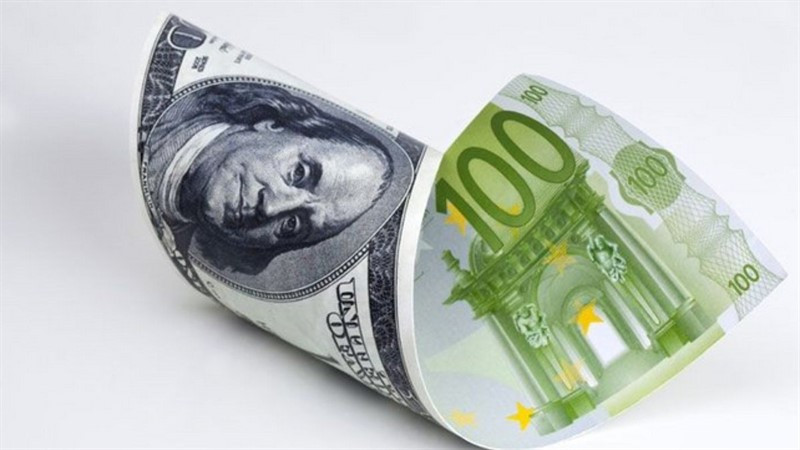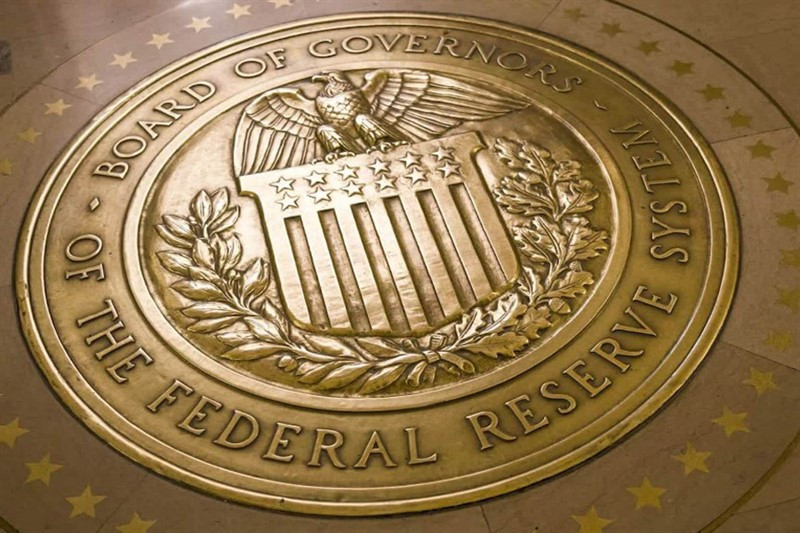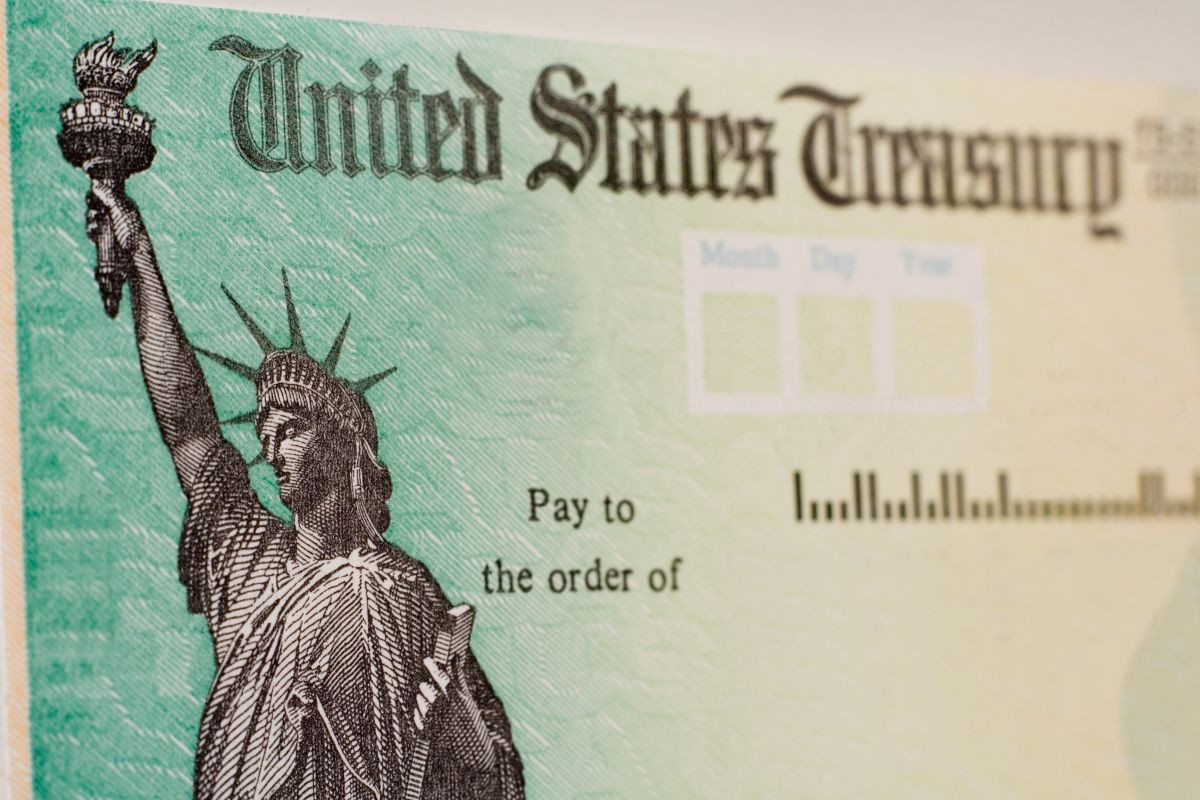
On Friday, the US dollar continued its retracement, easing off its 17-month high of 96.93 set on Wednesday. The euro continues to recover from its 2-week long decline.
Nevertheless, analysts note that factors which caused the dollar rally and sent the EUR/USD pair to the low of June 2020 remain in place. The divergence of US and EU economic growth and monetary policies is likely to push the pair down even further.
Amid the highest inflation in 30 years, other macroeconomic indicators show that the US economic recovery still has momentum.
Morgan Stanley has improved its outlook of US GDP growth in this quarter from 3% to 8.7%. JPMorgan Chase's outlook has been revised from 5% to 7%, while the Federal Reserve Bank of Atlanta adjusted its outlook from 8.2% to 8.6%.
Debates continue in the Federal Reserve regarding further monetary policy tightening.
While some Fed officials call for accelerating bond-buying to give the regulator extra flexibility in raising the key interest rate, other call for a more cautious approach, wishing to get more data.
Last week, Christopher Waller, a member of the Federal Reserve Board of Governors, said high inflation made him favor faster QE tapering.
Richard Clarida, Vice Chair of the Federal Reserve, said he would look closely the data released from that moment until the December Fed meeting. He added that the Fed could discuss accelerating QE tapering at the December meeting.
This week, Mary Daley, president of the Federal Reserve Bank of San Francisco, said she would support accelerating QE tapering, depending on the economic reports on inflation and hiring. On interest rates, Daley sees the Fed hike the rate in late 2022. "It wouldn't surprise me at all if it's one or two by the latter part of next year", she added.

At a press conference following the November meeting of the FOMC, the Federal Reserve's chairman Jerome Powell reiterated that the Fed would not rush with raising interest rates due to incomplete recovery of the US labor market. He said that the regulator still continues to view high inflation as transitory.
Traders now eye economic data in the run-up to the next Fed meeting of 14-15 December, which could give hints on the Fed's decision regarding QE tapering.
If the Federal Reserve accelerates the winding down of bond-buying to $30 billion in December, the QE would be over in March 2022, raising the probability of an interest rate hike in the first half of 2022.
The fed funds futures market has fully priced in the scenario of a hike in June 2022. The chance of a rate hike in May 2022 has risen to 65%.
The US payroll data set for release next Friday would greatly influence Fed monetary policy.
"Medium term, we continue to favor the USD. However, with the market now long USD and short EUR and the money market very aggressively positioned for Fed rate hikes next year, there is scope for pullbacks in the currency pair," Jane Foley, senior FX strategist at Rabobank said. Foley pointed at $1.15 as a potential target and noted the payrolls report as a potential trigger.
On Thursday, EUR/USD rose modestly, extending its growth on Friday, supported by the dollar's rebound amid falling US treasury bond yields. The fall of US bond yields was triggered by concerns over the new COVID-19 strain discovered in South Africa.
The yield of US 10-year Treasury notes fell by more than 11 basis points to 1.52%, as investors sought refuge in US bonds.

USDX is currently below its 17-month high by 0.7%. The demand for dollar as a safe-haven asset prevents the index from further decline.
Despite the current retracement, the US dollar still has upside potential. Its rally is very likely to continue.
The 97.00 mark is the closest target, with the next resistance level being 97.80.
USDX could continue moving upward from its September low of slightly below 94.00, surpassing the 2-month support level.
The dollar is expected to remain on the upside if it continues to be above the 200-day MA, which is currently near 92.30.
The outlook for the euro remains cloudy amid the rise of COVID-19 cases in Europe, contiuing logistical issues and the energy crisis. An upsurge in infections has led to lockdowns in several European countries.
The deteriorating coronavirus situation could put pressure on the euro and create further divergence in monetary policy expectations between the Fed and the ECB, ING analysts say.
"Given overnight developments, a major question now is whether the new variant has already reached Europe (which is geographically closer to Africa). This could deal another blow to EZ sentiment and the EUR", they commented.
"We have heard some ECB members this week indicating that PEPP will end in March: we'll see whether the many scheduled speakers (including Christine Lagarde and Philip Lane) for today will touch on this subject again. Still, the EUR has been quite unreactive to policy comments with most of the focus on the current Covid-related re-rating of EC growth expectations", ING analysts added.
EUR/USD gathers has some upside traction and could find short-term support at the 1.1240-1.1180 zone, Axel Rudolph, Senior FICC Technical Analyst at Commerzbank, said.
"Any bounces will find tough resistance at the 1.1604 five-month downtrend and while capped here, the overall bias remains negative", Rudolph noted. The closest resistance levels are 1.1374 and 1.1413. A breakout below 1.1160 would target 1.1100, the 78.6% retracement of the move seen in 2020, he added.
 English
English 
 Русский
Русский Bahasa Indonesia
Bahasa Indonesia Bahasa Malay
Bahasa Malay ไทย
ไทย Español
Español Deutsch
Deutsch Български
Български Français
Français Tiếng Việt
Tiếng Việt 中文
中文 বাংলা
বাংলা हिन्दी
हिन्दी Čeština
Čeština Українська
Українська Română
Română

